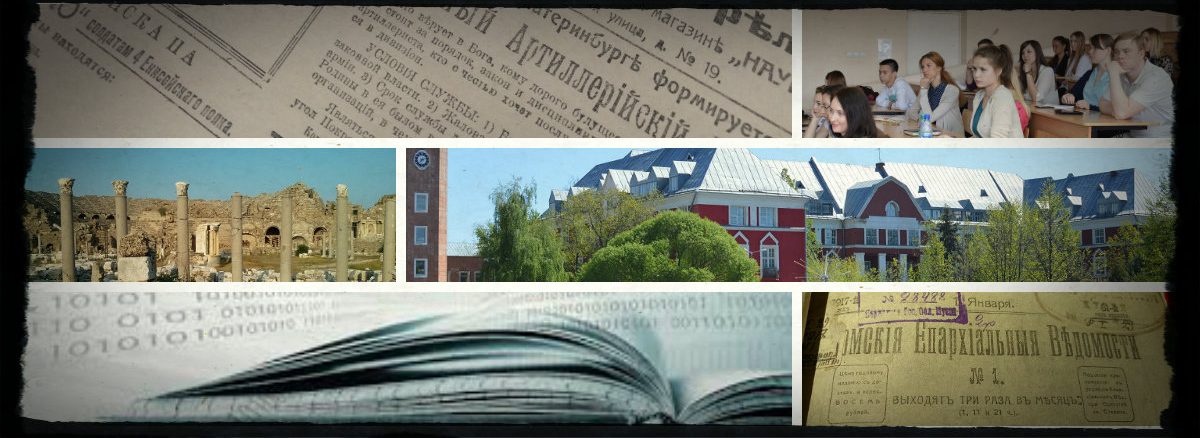One of the early drivers of historical GIS was the development of national historical GISs. These systems usually hold all of a country's census and related statistics from the nineteenth and twentieth centuries. As such they have represent an extremely valuable resource, but at the same time they were and remain extremely expensive and time consuming to build. Was the investment worthwhile? This paper takes one of these systems, the Great Britain Historical GIS, and explores how it was built, what methodologies were developed to exploit the data that it contains, and provides an example to demonstrate how it made possible a unique analysis of railroads in Wales before the First World War.
Журнал: International Journal of Humanities and Arts Computing
Yu-Lin Chen, Ting-Sheng Lai et al. A museum exhibits support system based on history and culture literacy
| аннотация |
|---|
| Museums need an interactive data collection and visualisation tool for their artefacts. This paper describes a study in which we enable access to Chinese and Japanese cultural heritage information from two history museums, the National Palace Museum in Taiwan and the Tokugawa Art Museum in Japan. Results from these museum databases were used to develop a prototype system to demonstrate advanced cultural learning and historical timeline functionalities for foreigners. This system is based on temporal data from the museums’ databases, and provided the user with powerful data manipulation and graphical visualisation tools. It might become a basis of an interactive digital museum system for Chinese and Japanese heritages especially for foreign users. |
Ian N.Gregory, Andreas Kunz, et al. A place in Europe: enhancing European collaboration in historical GIS
The recognition that geo-technologies are playing an increasingly important role in historical research led to a meeting in Barcelona in December 2007, attended by fifty leading academics and GIS practitioners from Europe, with additional representation from leading North American experts. The conference benefited from previous meetings in Florence (2000), Ghent (2002), Amsterdam (2004), Belfast (2005), Berlin (2006), and Mainz (2007). The three-day Barcelona conference had three key aims: (1) to survey the use and maturity of historical GIS; (2) to hold an inclusive, facilitated discussion on the feasibility and requirements for a European historical GIS; and (3) to develop a white paper on how to advance historical GIS within Europe. A network of networks was a major proposal to come from the Barcelona meeting, and its outlines and rationale are advanced in this white paper.
Krystyna K. Matusiak Perceptions of usability and usefulness of digital libraries
This paper provides an overview of a case study research that investigated the use of Digital Library (DL) resources in two undergraduate classes and explored faculty and students' perceptions of educational digital libraries. This study found that students and faculty use academic DLs primarily for textual resources, but turn to the open Web for visual and multimedia resources. The study participants did not perceive academic libraries as a useful source of digital images and used search engines when searching for visual resources.The limited use of digital library resources for teaching and learning is associated with perceptions of usefulness and ease of use, especially if considered in a broader information landscape, in conjunction with other library information systems, and in the context of Web resources. The limited use of digital libraries is related to the following perceptions: 1) Library systems are not viewed as user-friendly, which in turn discourages potential users from trying DLs provided by academic libraries; 2) Academic libraries are perceived as places of primarily textual resources; perceptions of usefulness, especially in regard to relevance of content, coverage, and currency, seem to have a negative effect on user intention to use DLs, especially when searching for visual materials
